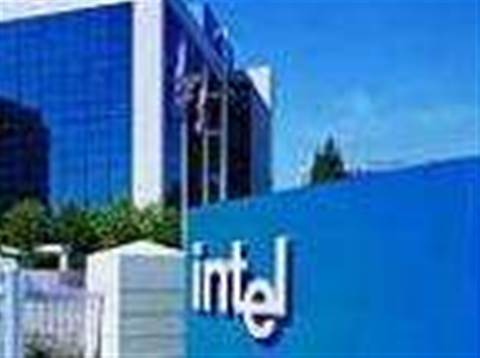WiMAX and 3G are competing wireless standards that both promise fast mobile internet access. Although Australia already has 3G networks in place, Intel has not yet given up hope on one day seeing a WiMAX network deployed here as well.
WiMAX is two to three times faster and is cheaper than rolling out 3G, said Navin Shenoy, vice president and general manager, sales and marketing group APAC.
"If you want voice, 3G is great. If you want the real internet, you're not going to be satisfied with 3G," said Shenoy.
WiMAX gives end-users a theoretical top speed of 40Mbit/s compared to 3.5Mbps by 3G-HSDPA.
However, in Malaysia, which in August was the first country to offer WiMAX as a commercial service, the maximum speed available to customers is 2.4Mbit/s.
Although 3G has a more advanced standard called LTE, which promises speeds up to 326 Mbit/s, and up to 1 Gbit/s with an even more advanced version, Shenoy said WiMAX was the better choice because it is deployed now and "LTE just is on paper".
The fact that Australia already has a comprehensive 3G network in place was not a problem, said Shenoy. He pointed to Japan, where a telco rolled out WiMAX last June despite the presence of many 3G networks.
"Australia has spectrum [for WiMAX] but none of providers have deployed," said Shenoy.
Intel has been behind a lot of technology development on WiMAX, added Shenoy, and said the manufacturer plans to build chips for embedding WiMAX into laptops and other systems.
However, there are few deployments of WiMAX globally. In the US WiMAX has only been rolled out in two cities, though eight more cities are scheduled, said Shenoy.
Other countries with WiMAX deployments include Russia, Taiwan and Korea, which has been using the technology for three years.
The best WiMAX case study is Malaysia, where telco P1 has 40,000 subscribers, said Shenoy. "I quote that case study all the time," he said.




_(11).jpg&h=142&w=230&c=1&s=1)







.jpg&w=100&c=1&s=0)
_(8).jpg&w=100&c=1&s=0)









